Tarantulas have become increasingly popular exotic pets, admired for their fascinating appearance and generally low-maintenance care requirements. However, handling these arachnids requires specific knowledge and techniques to ensure both your safety and the wellbeing of your eight-legged companion. Unlike traditional pets, tarantulas don’t form emotional bonds with their owners and can experience significant stress when improperly handled. This comprehensive guide will walk you through the essential practices for safely interacting with your tarantula while minimizing stress, helping you build confidence as a responsible tarantula keeper.
Understanding Tarantula Behavior and Stress Signals

Before attempting to handle your tarantula, it’s crucial to understand their natural behaviors and recognize signs of stress. A stressed tarantula may exhibit defensive postures such as raising its front legs and revealing its fangs, flicking urticating hairs (in New World species), or adopting a tight ball posture. Rapid movement away from a stimulus, refusing food, excessive hiding, or unusual activity patterns can also indicate stress in these arachnids. Learning to read these subtle cues allows you to gauge when your tarantula is calm enough for potential handling and when it should be left undisturbed. Remember that tarantulas are primarily defensive rather than aggressive, and most stress behaviors are simply their way of communicating discomfort.
When to Avoid Handling Your Tarantula
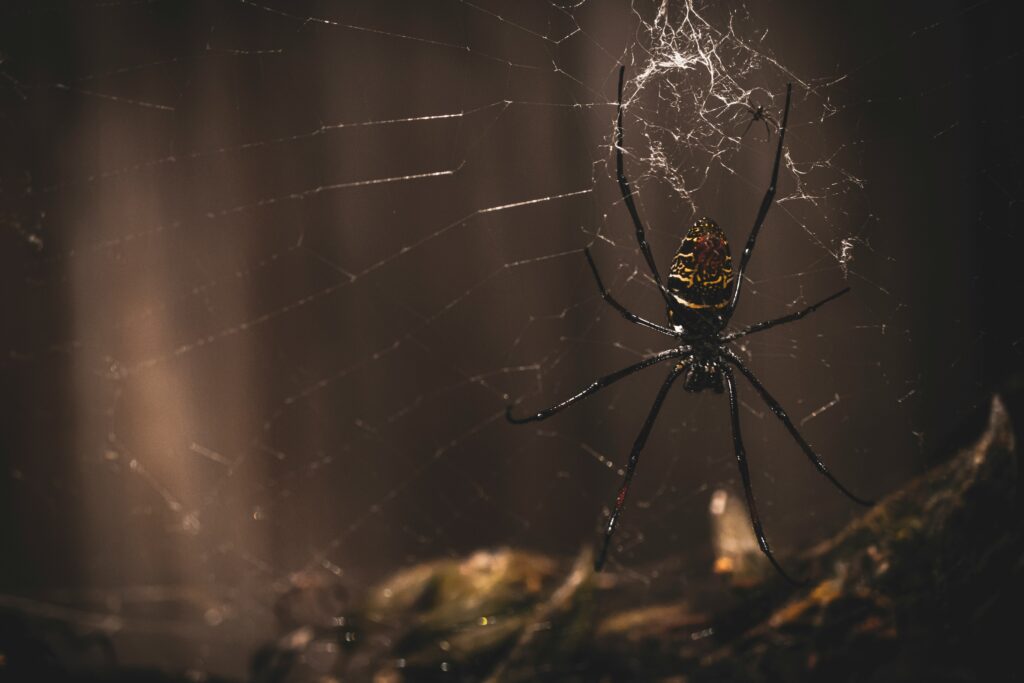
There are several situations when handling your tarantula should be completely avoided to prevent stress and potential harm. Recently acquired tarantulas need time to acclimate to their new environment, typically at least two weeks before any handling attempts. Never disturb a tarantula during or immediately after molting, as their exoskeleton is extremely fragile during this vulnerable period and can take up to two weeks to fully harden. Handling should also be avoided if your tarantula appears to be in a defensive posture, is preparing to molt (showing reduced appetite and dulling colors), or is a female guarding an egg sac. Additionally, some species known for their defensive temperaments or potent venom, such as the Orange Baboon Tarantula (Pterinochilus murinus), should rarely if ever be handled.
Preparing for a Handling Session
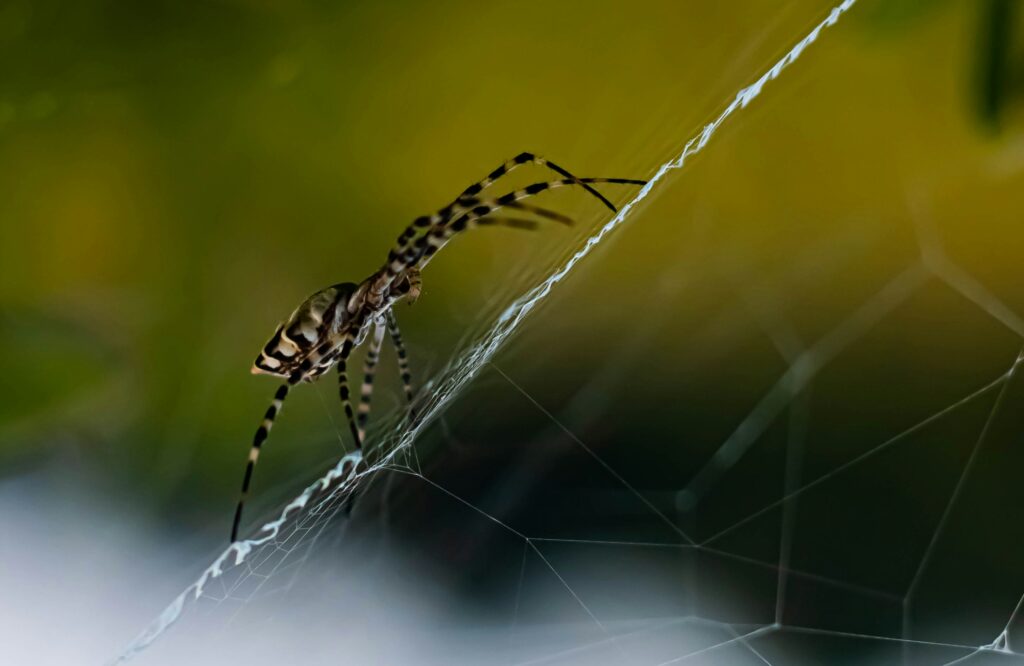
Proper preparation dramatically increases the chances of a successful handling experience for both you and your tarantula. Begin by washing your hands thoroughly with fragrance-free soap to remove any residual scents that might stress or confuse your pet. Create a safe handling environment by clearing a space with a soft surface below in case of falls, keeping the area quiet, and ensuring there are no drafts or extreme temperatures. Position yourself so you’re sitting or kneeling rather than standing, minimizing potential fall height. Have a catch cup or container ready nearby in case you need to safely contain the tarantula. Most importantly, approach the handling session with a calm demeanor—tarantulas can sense vibrations and movements, so jerky motions or nervousness can trigger defensive responses.
The Proper Hand Position and Technique

The correct hand position is essential for safely handling a tarantula without causing stress. Present your flat palm or the back of your hand at the level of the tarantula’s enclosure floor, allowing the spider to voluntarily walk onto your hand rather than picking it up. Keep your hand completely still and allow the tarantula to explore at its own pace, which promotes a sense of control and reduces stress for the arachnid. Once the tarantula is on your hand, maintain a stable position about 4-6 inches above a flat surface to minimize potential fall injuries. Resist the urge to cup your hand or create any walls with your fingers, as this can trigger a climbing response or defensive behavior from the tarantula who may feel trapped. Remember that patience is key—any quick movements can startle your pet and potentially lead to a defensive response or fall.
Understanding the Risks of Handling Different Species
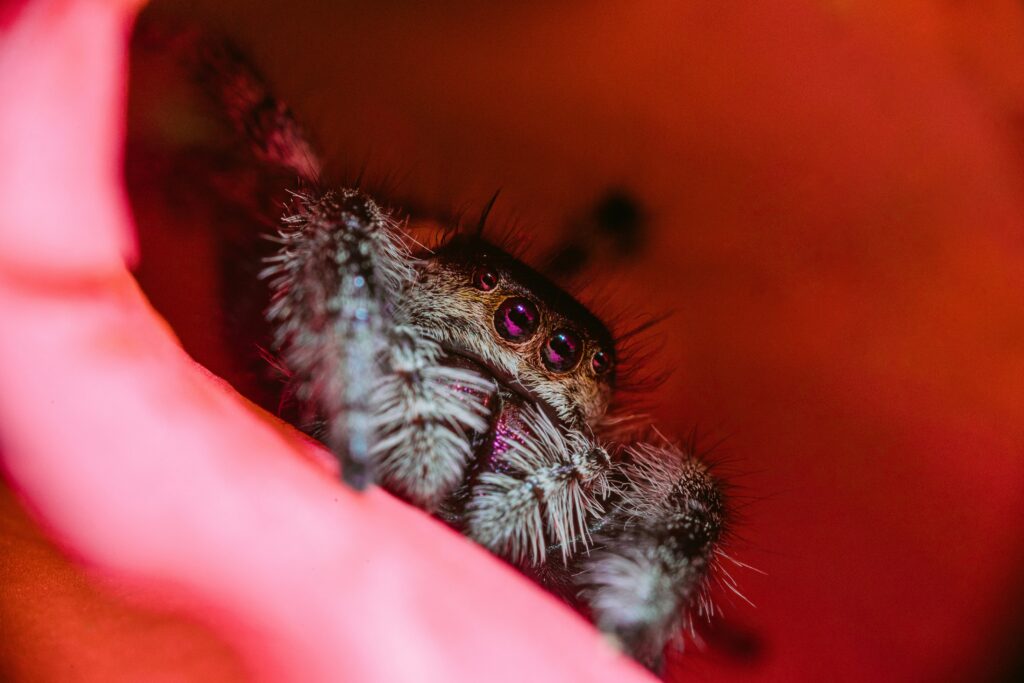
Tarantula species vary significantly in their temperaments and suitability for handling, making species identification an important factor in your approach. New World species from the Americas, such as the Curly Hair Tarantula (Tliltocatl albopilosus) or the Mexican Red-Knee (Brachypelma hamorii), are generally more docile and possess less potent venom, making them better candidates for occasional handling. These species do possess urticating hairs as a defense mechanism, which can cause skin irritation but are typically less dangerous than a bite. In contrast, Old World species from Africa, Asia, and Australia, such as the Cobalt Blue (Cyriopagopus lividus) or King Baboon (Pelinobius muticus), tend to be more defensive, faster-moving, and possess more potent venom, making them poor candidates for handling. Research your specific species thoroughly before attempting any handling to understand the particular risks and temperament you can expect.
Limiting Handling Duration to Minimize Stress

Even with the most docile tarantula species, handling sessions should be brief to prevent unnecessary stress on your pet. Limit initial handling attempts to just 1-2 minutes, gradually extending to no more than 5 minutes as your tarantula becomes more accustomed to the process. Watch for signs of stress during handling, such as rapid movement, stiff legs, or defensive postures, and immediately return your tarantula to its enclosure if these appear. Frequency of handling should also be minimal—once every week or two at most is sufficient for tarantulas that tolerate handling well. Remember that unlike mammals, tarantulas gain no social benefit from human interaction, so handling serves your curiosity rather than their needs. Always prioritize the spider’s wellbeing over the desire to handle, as frequent handling has been associated with decreased lifespan in captive tarantulas.
Safely Returning Your Tarantula to Its Enclosure
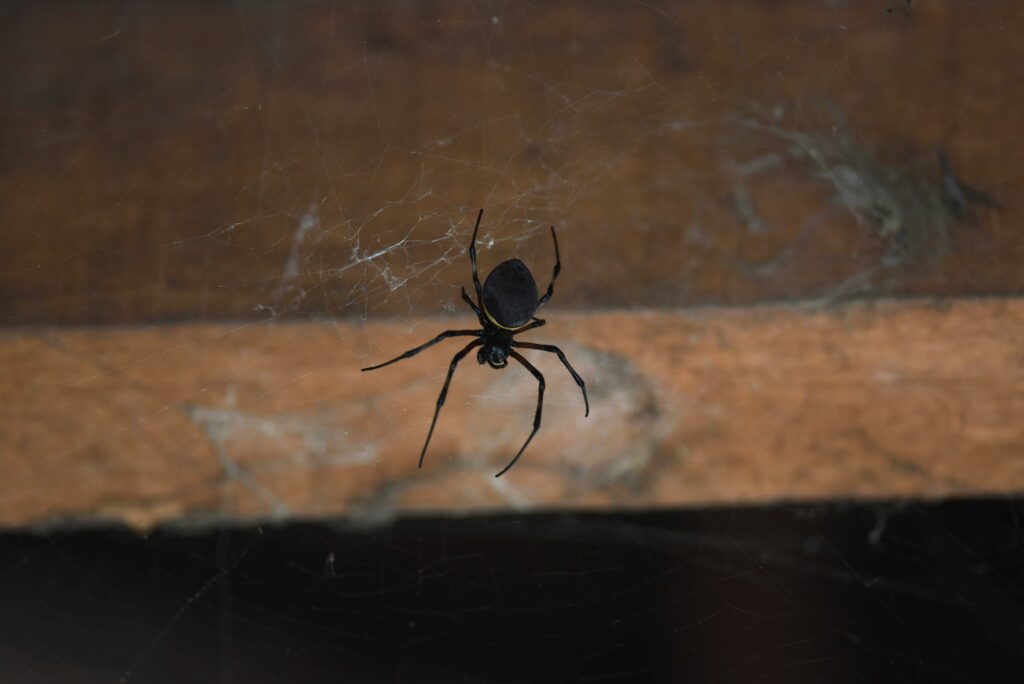
Returning your tarantula to its enclosure requires as much care as the initial handling process to avoid startling or stressing the arachnid. Position your hand at the edge of the enclosure, creating a gentle bridge or ramp for the tarantula to walk back into its home. Never drop or shake the tarantula off your hand, as this can cause injury and create negative associations with handling. If the tarantula seems reluctant to move, you can gently guide it by bringing your other hand behind it (without touching) to encourage forward movement. Alternatively, you can place a piece of cork bark or similar hide on your hand and allow the tarantula to seek shelter there, then place the entire hide with the tarantula into the enclosure. Once the tarantula is safely back in its habitat, secure the enclosure immediately before the spider has a chance to escape.
Dealing with Urticating Hairs and Potential Bites
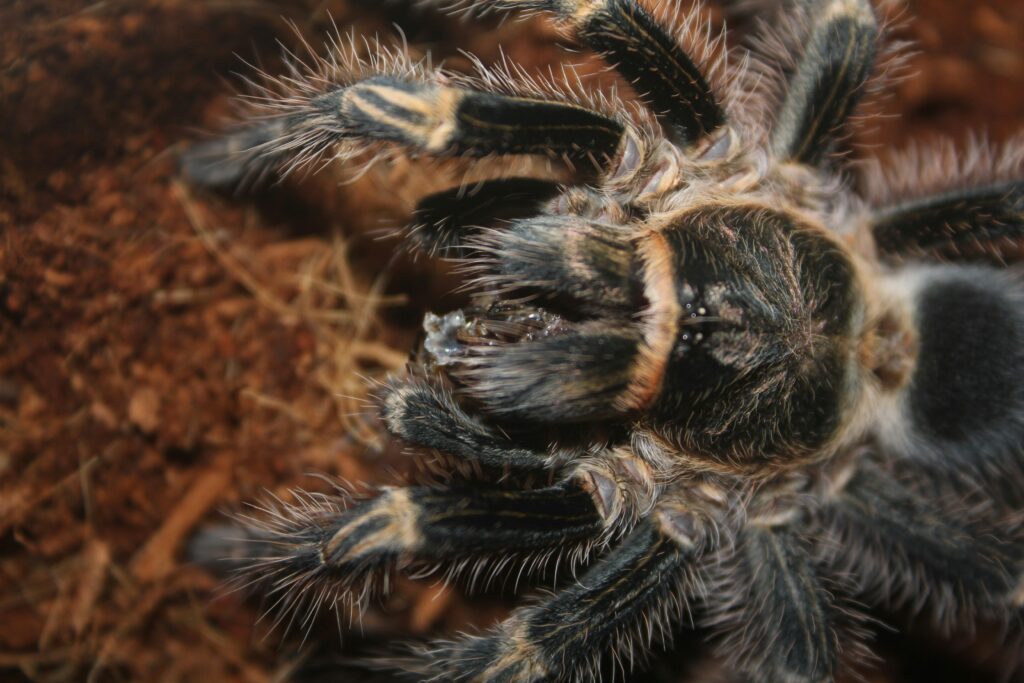
New World tarantulas possess defense mechanisms in the form of urticating hairs on their abdomen, which they can flick when threatened, causing skin irritation, rashes, or more serious reactions if they contact mucous membranes or eyes. When handling these species, avoid touching their abdomen and consider wearing eye protection. If you’re exposed to urticating hairs, avoid rubbing the affected area, wash it thoroughly with soap and water, and use adhesive tape to remove embedded hairs from your skin. In the rare event of a tarantula bite, remain calm and immediately return the tarantula to its enclosure. Clean the bite area with mild soap and water, apply a cold compress to reduce swelling, and monitor for severe reactions that might require medical attention. While most tarantula bites cause only localized pain and swelling similar to a bee sting, allergic reactions are possible, and bites from certain species can cause more significant symptoms like muscle cramps or fever.
Training Your Tarantula to Be More Handleable

While “training” might be too strong a term for creatures with simple nervous systems, you can condition your tarantula to be more tolerant of handling through consistent, positive experiences. Begin with indirect interactions by gently touching the tarantula’s legs with a soft brush or wooden chopstick during feeding time, helping it associate human presence with positive outcomes. Gradually progress to placing your hand flat in the enclosure without attempting to touch the tarantula, allowing it to become familiar with your scent and presence. Once your tarantula shows comfort with these steps by not displaying defensive behaviors, you can attempt the proper handling techniques described earlier. This gradual habituation process can take months, especially with more skittish species, and should never be rushed. Remember that some individual tarantulas may never become comfortable with handling, regardless of your patience and technique.
Age and Molting Considerations

A tarantula’s age and molt cycle significantly impact when and if handling is appropriate. Spiderlings and juvenile tarantulas are more fragile, faster, and more likely to sustain injury from falls, making them poor candidates for handling until they reach a robust adult size. Adult tarantulas undergo periodic molting throughout their lives, with females of some species living 20-30 years and molting annually or biannually. In the weeks before molting, tarantulas may become more irritable or defensive as they prepare for this vulnerable process. Signs of pre-molt include decreased appetite, dulling of colors, and increased hiding behavior, all indicators that handling should be avoided. After molting, the new exoskeleton requires 1-2 weeks to fully harden, during which time the tarantula is extremely vulnerable to injury. During this post-molt period, all handling should be strictly avoided, and even routine maintenance should be conducted with minimal disturbance.
Using Handling Tools and Alternatives
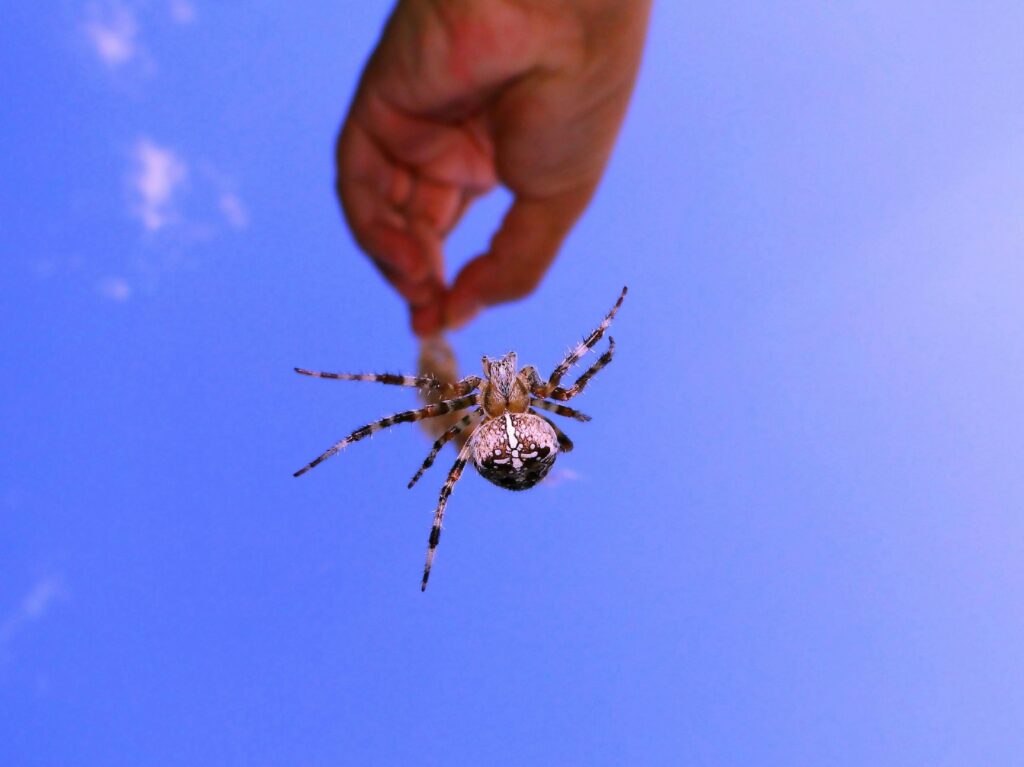
For species too defensive for direct handling or for keepers uncomfortable with hand contact, several tools and alternatives can facilitate necessary interactions while minimizing stress. A soft-bristled paintbrush can gently guide a tarantula during enclosure maintenance or transfers without direct contact. Clear catch cups or containers can safely transport tarantulas during cage cleaning by carefully placing the container over the spider and sliding a piece of cardboard underneath. For more defensive species, specialized tongs designed for arachnid handling can move hiding places or substrate without putting fingers at risk. Many experienced tarantula keepers find that observation rather than handling provides greater satisfaction and insight into these fascinating creatures’ natural behaviors. Creating naturalistic enclosures with good visibility allows you to observe hunting, web-building, and other behaviors that rarely occur during handling sessions.
Creating a Stress-Free Living Environment
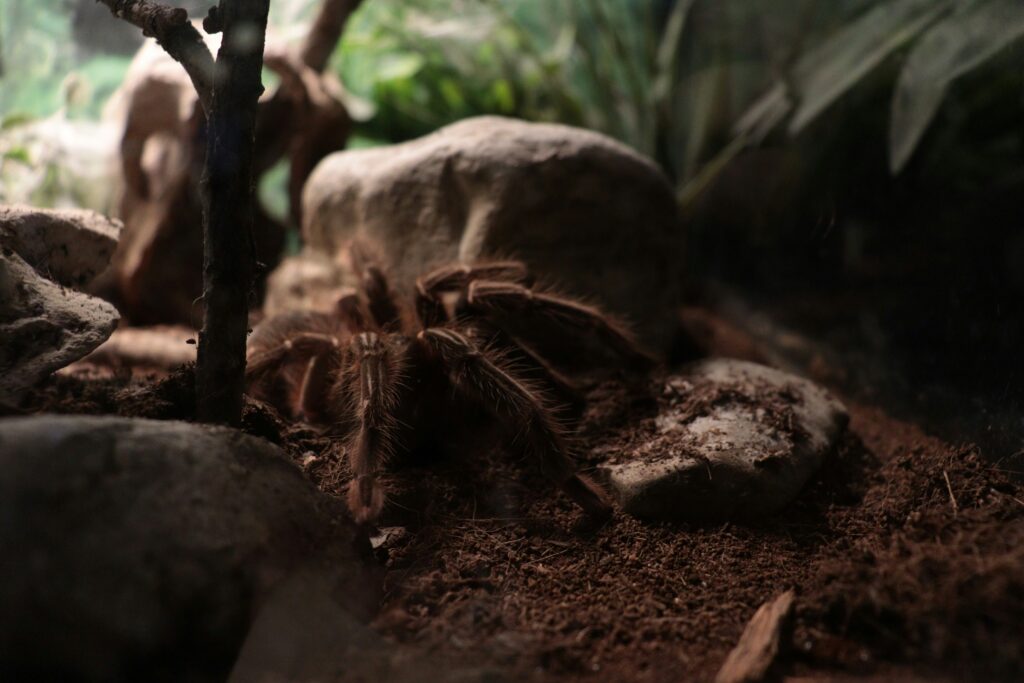
Perhaps more important than proper handling technique is maintaining a stress-free living environment that supports your tarantula’s natural behaviors and health. Provide appropriate substrate depth (3-6 inches for terrestrial species) to allow for burrowing and humidity regulation. Include hiding spots such as half-buried cork bark or commercially available arachnid hides to create security and mimic natural shelters. Maintain species-appropriate temperature ranges typically between 75-85°F (24-29°C) for most species, using heat mats with thermostats if necessary. Humidity requirements vary widely by species, from arid conditions for desert species to 80%+ humidity for tropical varieties, so research your specific tarantula’s needs. Position the enclosure in a quiet location away from vibrations, loud noises, and heavy foot traffic, as tarantulas are sensitive to vibrations that can cause chronic stress. A properly maintained environment significantly reduces stress and creates a tarantula that may be more amenable to occasional, brief handling.
Educating Others About Tarantula Handling
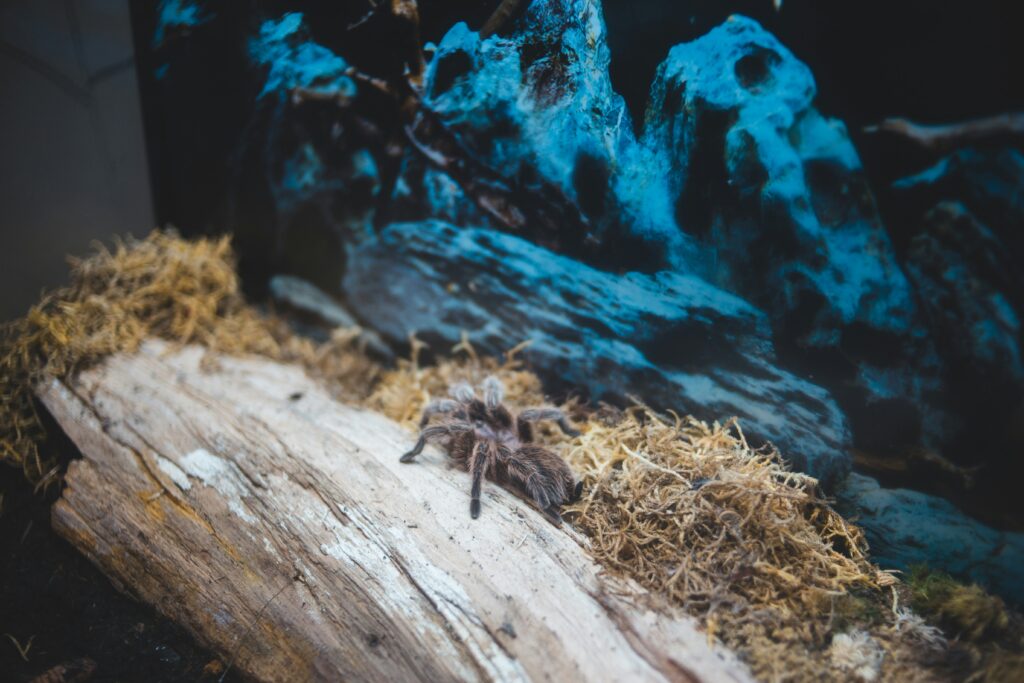
As a responsible tarantula keeper, part of your role includes educating others about these misunderstood creatures and proper handling protocols. When introducing friends or family to your tarantula, emphasize observation rather than handling, especially with newcomers who may make unpredictable movements out of fear or excitement. Explain why handling should be minimal and demonstrate proper technique if handling does occur. Dispel common myths about tarantulas being aggressive or commonly deadly to humans, while still emphasizing appropriate respect for these animals. For children, supervision is essential, and direct handling should generally be avoided until they demonstrate sufficient maturity and motor control. By educating others about the fascinating biology and behaviors of tarantulas, you can foster appreciation and respect that goes beyond the novelty of holding an exotic spider, ultimately promoting better welfare for these remarkable invertebrates.
Conclusion
Handling a pet tarantula requires a delicate balance between satisfying your curiosity as a keeper and respecting the natural behaviors and needs of these remarkable arachnids. By understanding stress signals, using proper technique, and knowing when to avoid handling altogether, you can minimize negative impacts on your tarantula’s wellbeing. Remember that successful tarantula keeping isn’t measured by how often you handle your pet, but by how well you maintain its health and natural behaviors through appropriate habitat, care, and respect for its boundaries. With patience, gentle technique, and species-appropriate expectations, you can occasionally enjoy the unique experience of handling your tarantula while ensuring it lives a long, healthy life in your care.

